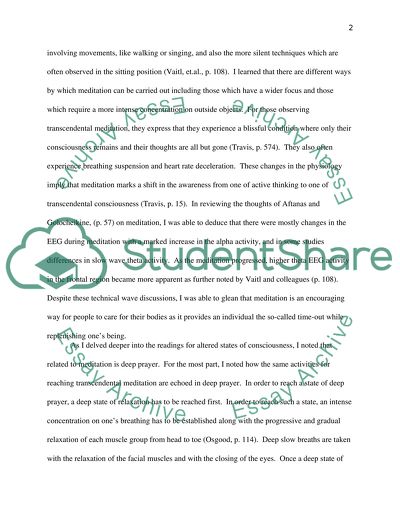Cite this document
(“The Study of Altered States of Conciousness Essay”, n.d.)
Retrieved from https://studentshare.org/psychology/1426502-the-study-of-altered-states-of-conciousness
Retrieved from https://studentshare.org/psychology/1426502-the-study-of-altered-states-of-conciousness
(The Study of Altered States of Conciousness Essay)
https://studentshare.org/psychology/1426502-the-study-of-altered-states-of-conciousness.
https://studentshare.org/psychology/1426502-the-study-of-altered-states-of-conciousness.
“The Study of Altered States of Conciousness Essay”, n.d. https://studentshare.org/psychology/1426502-the-study-of-altered-states-of-conciousness.


